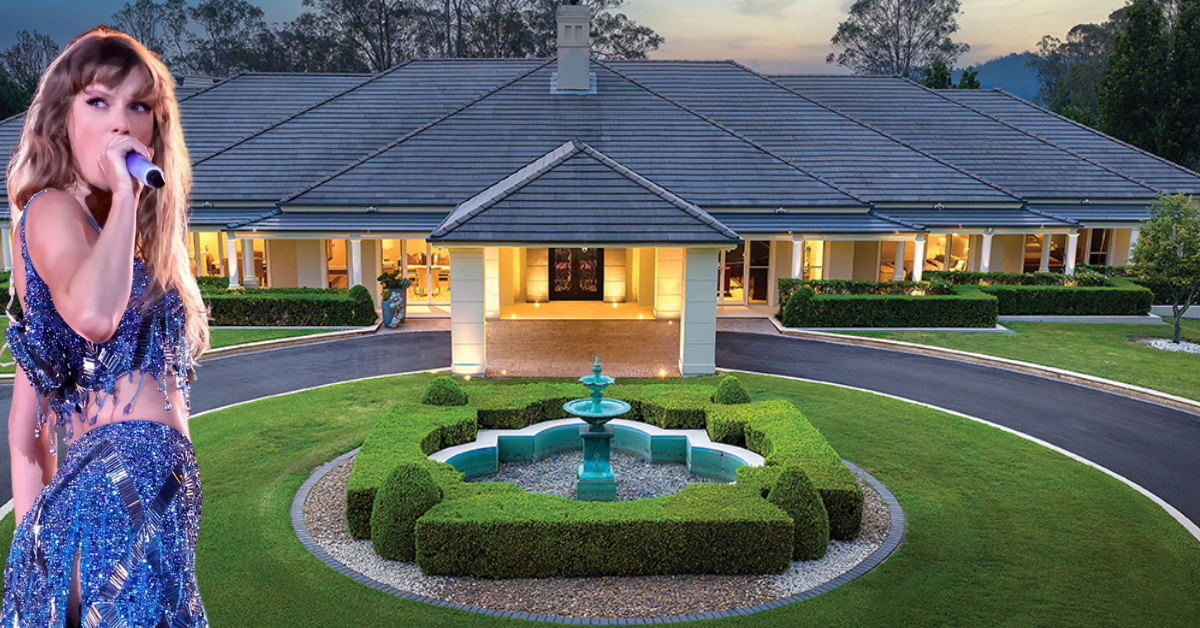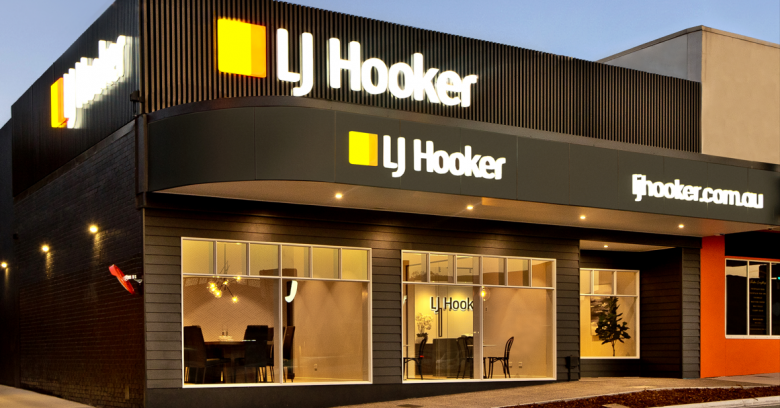Commercial Real Estate Prospers as Life Returns to Normal

After a challenging two years, Australia’s commercial property sector is showing its strength with LJ Hooker Commercial identifying new opportunities emerging in the post-pandemic market especially in warehousing as online shopping has surged.
LJ Hooker Group Head of Research, Mathew Tiller, said after an unprecedented period of falling office occupancy and retail store closures, the market is showing resilience.
Among the winners, warehouses and factories – often considered the least visible and glamorous of property sectors – which provided owners with the greatest ‘hedge’ against global upheaval.
Childcare centres and healthcare, both relatively new in terms of commercial property investment, also stood out as important assets during the pandemic.
“The coming year will be just as eventful as the past two, as we start to experience aspects of our lives that have permanently changed, and what facets of the way we work, live and play go back to the way they were pre-pandemic,” Mr Tiller said.
“And the way we move forward presents unique challenges and opportunities for each commercial asset class.”
Australia’s east coast office markets, in particular the CBD and suburban markets, should benefit from the forecast buoyant economic growth. The IMF forecasts GDP growth of 4.1 percent for 2022 (this was prior to the Queensland and NSW summer floods) and a more stable growth of 2.6 percent per annum, which is higher than the average GDP growth of 2.45 percent in the five years prior to the pandemic.
This has been credited to office workers who want to keep the flexibility to work from home that they acquired over the last two years. It remains to be seen whether this will translate into less office space, given that many businesses have increased staff numbers over the course of the pandemic.
“So, while population growth has plummeted, and will take many years to recover, the economic recovery, and therefore the growth of white-collar businesses, is still looking solid,” Mr Tiller said.
“It is likely that while growth in office space required will be muted, reductions will be very rare as most businesses will be hesitant to give up space while employee numbers are increasing. Office rents will be much slower than in previous years, however, given the ‘heat’ has well and truly come out of the market.”
The retail sector is likely to go through another period of change in 2022, but largely for non-Covid related reasons. Discretionary spending is already being impacted by rising inflation and tapering-off of government stimulus measures put in place over the past two years.
“On the flipside, it is likely that the number of Australians travelling overseas will still be low compared to pre-pandemic times with higher airfares due to oil prices, uncertainty around lockdowns, as well as disruptions in Eastern Europe,” Mr Tiller said.
“This should have the result of ‘locking in’ spending in the country, a net positive for the retail sector, even if visitor numbers to Australia ae also subdued. Home renovations activity will likely remain very elevated as people choose to spend money on their homes while they are saving money on overseas holidays.”
The industrial real estate market is tipped to see growth in 2022 as businesses look to improve supply chain processes by expanding their footprints. Australians will continue to ramp-up their online spending which will drive demand and investment in this sector.
“In further positive news for the sector, actual income across industrial portfolios is rising faster than any other asset class,” Mr Tiller said.



